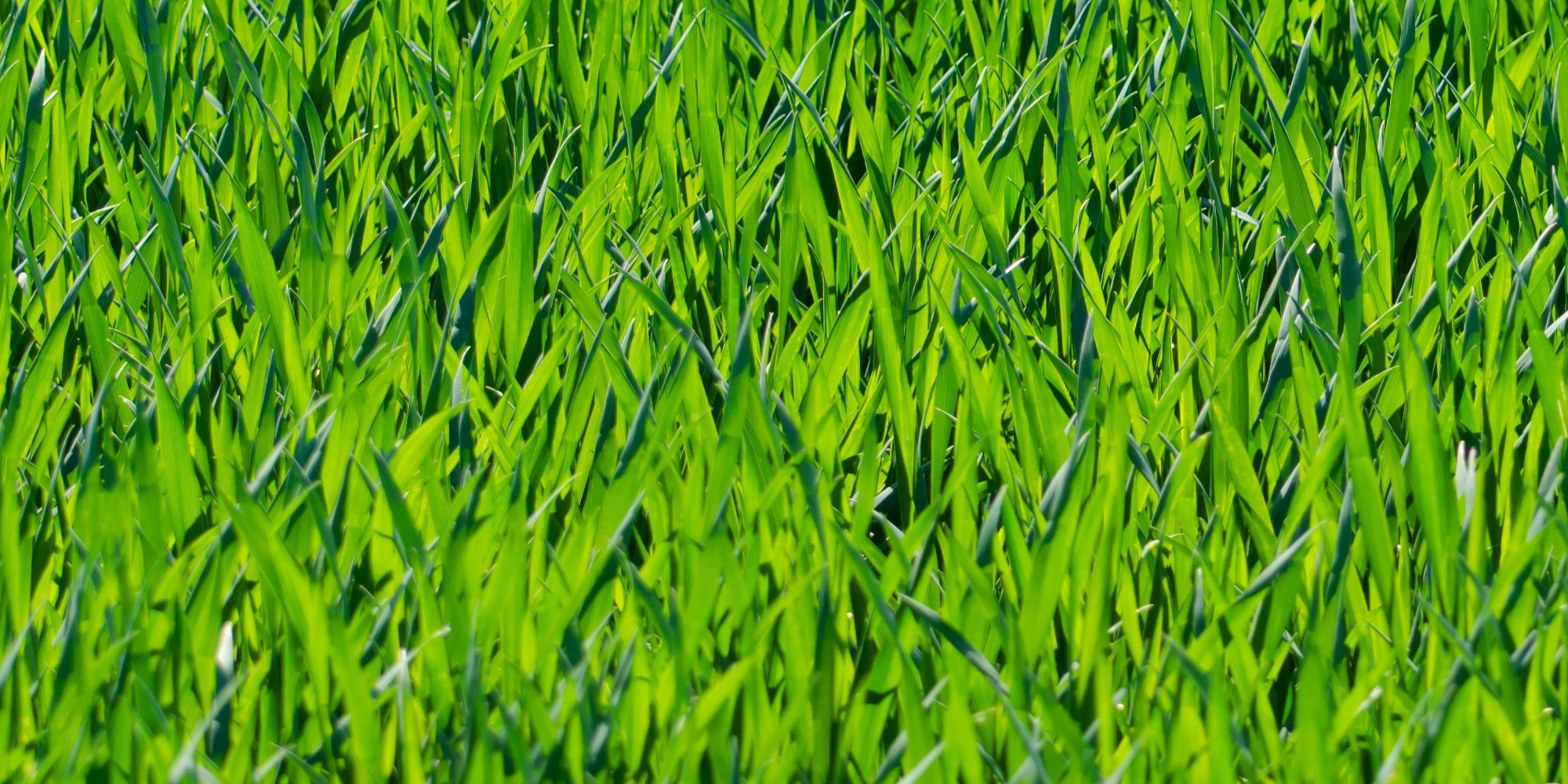In the fall, there are a few steps to take to make sure you have the best lawn in the spring.
We all want a nice healthy lawn in the spring. There are some simple things you should do in the fall as a simple insurance plan for a nice healthy lawn the following year.
The first thing to do is remove debris. Raking up leaves and composting them is the best thing to do. Leaving the leaves on the ground creates a dense mat of organic matter so dense it can sometimes kill off parts of your lawn in the spring. Lawn clippings and lots of green growth is also considered debris. That means it's best to cut your lawn progressively shorter in the fall to remove as much top-growth as possible. That excess top growth can be a breeding ground for mold, fungus, and other insects, so keep your lawn clean.
Fall fertilizer is only really useful if the lawn is actively growing. I'm not a major fan of fall fertilizers myself since it can sometimes promote too much growth too late in the season A low-dose fertilizer is best. In this case, organic ones tend to work best since they hold their nutrients better than synthetics.
Lastly, it's good to top up your lawn with a little seed. Not much is needed, so don't go overboard. Any lawn seed you spread and doesn't come up in the fall, sits under the snow and starts up early in the spring. It's a great way to help thicken and strengthen your lawn for the spring. And on the odd-chance grubs have been in your lawn, they have stopped feeding now so the fresh grass seed will act as an insurance plan in case some of your grass doesn't make it over the winter because of the grubs.
A few quick and easy steps can have big results in your lawn. Rake, mow, light fertilize, and overseed and then put everything to bed. Easy as pie.

